Interesting insight regarding trading composure

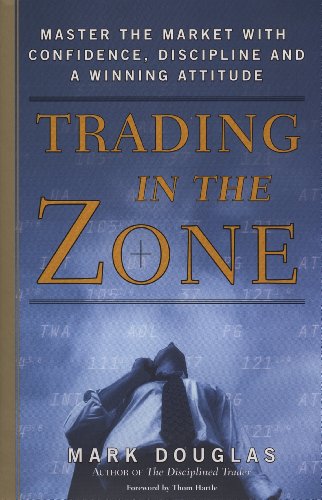
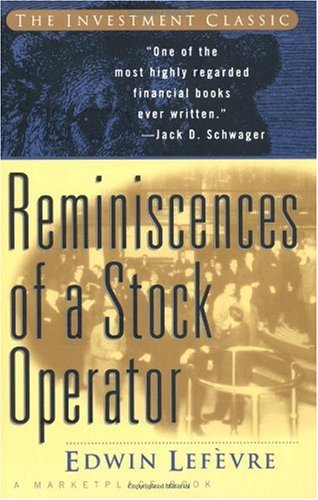

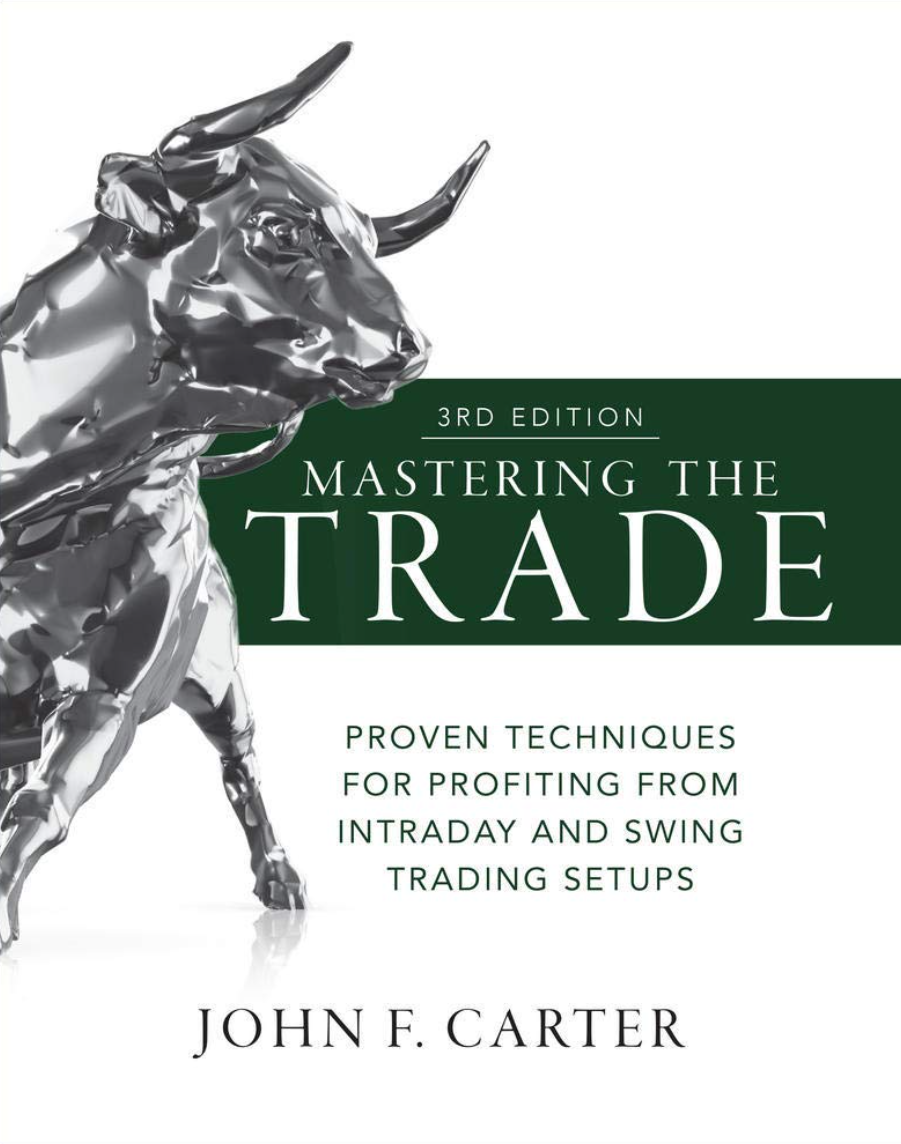


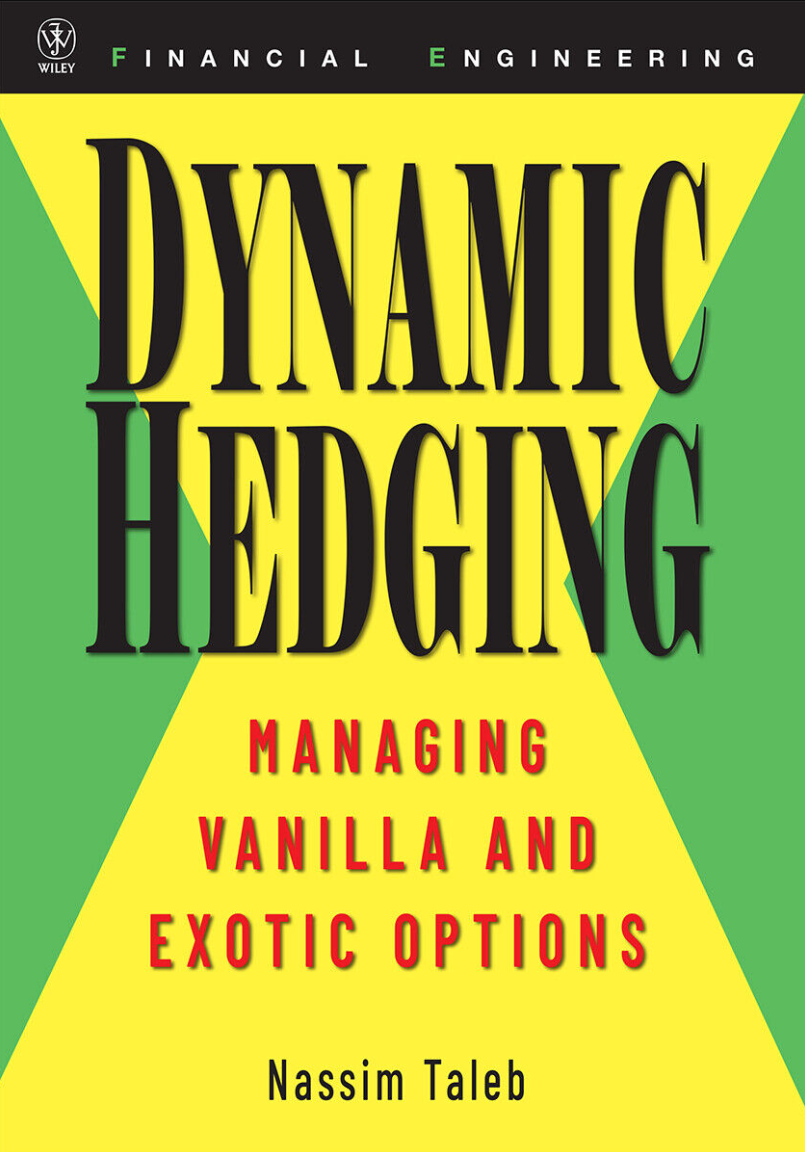
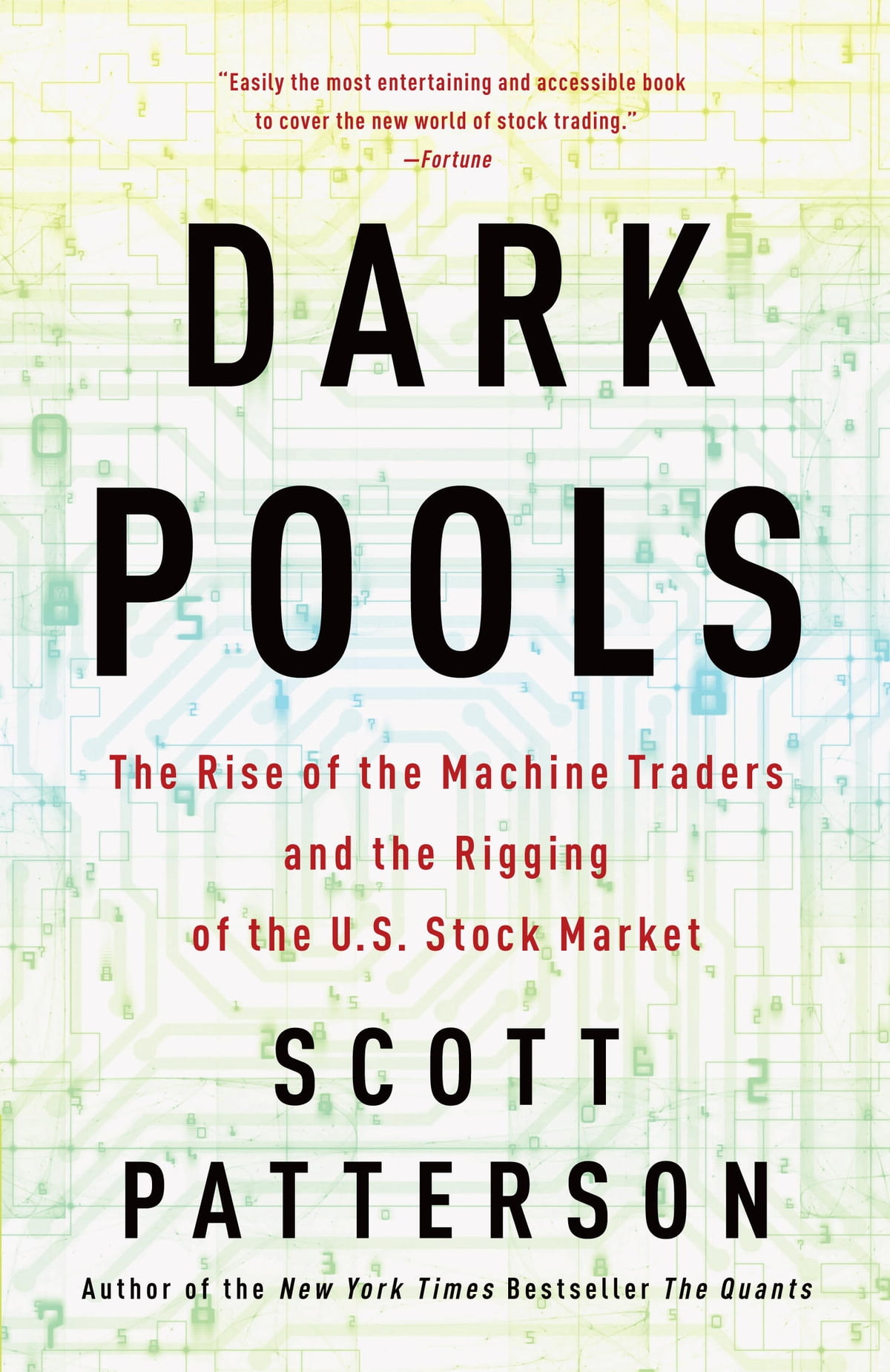

★★ ALWAYS trade with the trend and identify the trend or big picture before choosing a strategy.
Assume the prevailing trend will continue until there is a confirmed reversal.
★★ Be humble or you will be humbled. Just don't dance.
★★ Focus/specialize in doing one thing very well, over, and over again. Continue doing the one thing that works and zero in on that.
★★★★ NO SIGNAL → NO TRADE
★ Patiently wait for the setup pattern and trigger signal to take a trade. Trade the setup, not your PnL.
★ If quick glance on chart saying no signal → DO NOTHING.
★ Have patience and discipline to wait for the setup, you don't have to always be in a position.
Use only candle bodies to draw trend lines or chart patterns.
Have no expectations when entering a trade. Keep a neutral mindset. If the signal is there, take the trade but remove emotion. Don't need to put unnecessary pressure to make the market move in your desired direction (because you can't).
★★ You must develop confidence in a situation where the result is always uncertain.
★ Keep your system simple. Simple is better. Everything that really works, is pretty simple and pretty obvious.
★★ Don't take a trade because you like the setup, only take a trade if you LOVE the setup.
★★ Trade your premium hand and wait for your premium setup.
Price pulling back to test a rising moving average from above will most likely hold support.
Price hitting a falling moving average from below will likely get rejected.
For continued uptrend/downtrend, make sure top/bottom BB is open on daily chart.
An option loses 1/3 value in the 1st half and 2/3 in the 2nd half of its life due to decay.
Shorter expire options have more dramatic changes in premium.
★ When in downtrend:
- DON'T buy puts or sell CCS at bottom BB (4H)
- Trend line break ONLY confirmed when closes under
- SPY or QQQ is ultimate indicator for bounce (6M:1D, 50/200 SMA)
Market structure for IV: Uptrend → IV decreases. Downtrend → IV increases.
Go full cash before any FED event.
Don't sell spreads when TTM Squeeze on 6M:1D is RED. It's going to FIRE. Don't get in the way. Do not play any bearish position when there is an upward squeeze.
Before making any decision, clear mind (don't rush into a position). If missed opportunity, just move on, there is always another.
On quadruple witching days, don't buy puts, already baked into premiums.
★ 5 step trade process:
- Overall setup (Overall trend aligns, pattern confirmation, S/R entry hit)
- Signal (Crossovers, Squeezes, B/O)
- Stop loss (Under support or over resistance)
- Target (Trailing stop, exit price)
- Risk-to-reward (Potential outweighs risk)
Do not set specific % to start taking loss, set number at key support break or breakout key resistance.
Whenever oversold RSI and bottom BB on 6M:1D, buy calls or sell PCS. When overbought RSI and top BB, buy puts or sell CCS.
★★ Drop the money making mindset, concentrate on making smart trades with patience, discipline, and focus. The byproduct of smart trades is profit.
ATM options have the most exposure to theta since they are the most expensive options with 100% extrinsic value.
★★ If playing reversal/bounce swing trade, wait till EoD to buy.
Theoretically, theta decays constantly. Practically, decay occurs after the passage of one day. It is not fixed and constantly changes.
★★ Optimal BUYING: With plan to sell in 1-10 days, slightly ITM with 1M out expiration (assuming VIX < 17). If VIX > 17, it becomes situational.
★★ Optimal SELLING: OTM 30-45 day expiration. Selling longer (3-4 M+) is not optimal since:
- Theta decay greatest for beginning 1/2 life of OTM option
- 66% decay after 1 month in
★ When IV is low, best to buy ATM since high gamma.
Gamma
- ATM options have higher gamma than OTM
- Shorter expirations have higher gamma
- Low IV → ATM high gamma, OTM low gamma
- High IV → ATM/OTM even
Don't sell CCS when at bottom BB (6M:1D).
Patience is not the ability to wait but how you act while waiting.
If you miss the entry, don't FOMO, just move on and understand there's always another opportunity. Don't chase the move.
Capital preservation + risk management comes before profits.
Signals on a longer timeframe (6M:1D) are stronger then shorter timeframe (1D:1HR).
No opening positions at 3AM in the morning, ONLY closing, NOT in clear mind/state.
When break support trend line on strong volume, high probability it's going to die more. If weak volume, can go back up.
Let spreads play out and let decay do its work. There is very low risk of assignment if there is no dividend. The buyer has no reason to exercise if there is no dividend. Let it play out.
Don't sell credit spreads days/weeks before earnings → IV increase will negate theta decay.
★ NEVER use a market order for options.
TTM squeeze works when there is no resistance on 6M:1D.
If hits stop loss, just get out with no emotions. Just exit.
★★ Forgive yourself, again, again, and again. Move on if you lose. Move on if you miss the entry. Move on if you leave money on the table.
Don't get spooked by intraday movements. Let trades play out. You can't time it exactly, just get in and let probability play out. Don't need to micro manage every position.
The only time it makes sense to exercise a call option early is if the stock goes ex-dividend soon (days before).
If equity is < 30 RSI, hits 200 SMA/EMA, and bottom BB → buy C or sell PCS.
★ The Wheel Strategy
- 1. Sell cash secured puts (.30 delta 45 days out, buy back at 50% profit, keep repeating)
- 2a. If don't get assigned, repeat step 1
- 2b. If get assigned, sell covered calls (.20 delta a week out)
- 3a. As long as shares don't get called away, repeat 2b
- 3b. If covered call gets exercised, go back to step 1
★★ Never play earnings with single leg options. You will get destroyed by IV crush even if you are directionally correct. The win probability when playing earnings is NOT 50/50 even though it may seem like it is a binary event. Regardless of direction, Vega will destroy premiums, theta will naturally bleed you, and betting on delta direction is gambling. The true win probability is more like 25/75 with the odds stacked against you. If you play earnings, you must use a strategy that profits by Vega decrease (selling CCS, PCS, or iron condors).
★ When using a multi-leg strategy, if a short leg goes ITM, it is potentially at risk of getting assigned although it is unlikely that the buyer of the short leg will exercise it due to wasting any remaining extrinsic value (they might as well sell back the option instead of exercising).
Support/resistance is stronger when the preceding move is steep.
The root problem is that you always want to be in a trade. You think that if you don't have a position, you can't make money. But if you enter a trade with a bad setup (in rush to make money), you will actually lose money. Follow the system ... be disciplined and patient. This problem can be attributed to a weak entry due to no patience, trading with no signal, chasing, and FOMO.
★ You cannot make the market pay for a bill. If you need the market to pay for a sudden need, you will hope or gamble. You will take much greater risks than if you were trading intelligently.
★★ You cannot force the market to give you opportunities for making money. If the opportunity/setup doesn't exist, don't force anything.
★★ Always listen to the truthful voice of experience over the voice of hope or the sight of your own desire.
★ Always take the loss the moment you are convinced you are wrong.
★ A market can and does often cease to be a bull market long before prices begin to break. A warning is when stocks which are leaders of the market starts to pullback and do not come back.
★ You can never expect the unexpected manipulation.
★ The public has the insatiable demand to know the reasons for each and every price movement.
★★★ No matter how good the setup, opportunity, market condition, or probability in your favor, you can't be 100% confident in any trade.
★ If a stock doesn't act right, if it doesn’t behave as expected, get out.
★ The strongest of all allies are market conditions in your favor.
★★★ You cannot hurry or rush the market to do anything. You need to have patience waiting for the anticipated movement to begin. "If the setup or the reason you took the trade is still valid, stay in the trade."
It is extremely important to avoid being caught on the wrong side of a short squeeze by analyzing the character of the buying in a stock.
★ Successful speculators:
- Never argue with the tape
- Fearless but never reckless
- Ability to turn in an instinct if found to be wrong
- Never lose temper at the market because of its behavior
★ You are not bullish if you are long or bearish if you are short, you are bull or bear depending on how you analyze general market conditions.
★ When a stock gets waterlogged and you find that it fails to respond adequately to buying, you don't need any better tip to sell.
★ Stocks don’t go up or down in a straight line, they take time to move so you have to hold to capture the move.
★ You need to learn to be an earlier convert to things that make no sense
★★★★ It is important to find what works for you. But it is equally important to find what doesn't work for you: "This isn't me. This just doesn't work for me."
★★★ Structure trades to be asymmetrically positively skewed: the maximum possible loss on each trade is well defined and far smaller than the potential gain.
★★★ Do more of what works and less of what doesn't. Figure out exactly what you are best at and then focus on doing those trades.
★★ The larger the position, the greater the danger that trading decisions will be driven by fear rather than by judgement and experience. If a position is too large, the trader will be prone to exit good trades on inconsequential corrections because fear will dominate the decision process.
★ "It's a game and I love the game."
★ Study the market, take a position, and stick with it.
★★ Trade in the direction of the line of least resistance.
★★ Do not let other people influence you. You need to see the market with your own eyes.
★ Edge → winning trades. Positive winning attitude → consistency.
★ How to know your go-to-setup: Setup that you naturally vibe with and fits your personality. Whatever you trade the best makes you the most money.
★★ The key to mastering the market is to master yourself.
★★ Be objective, unbiased, open to opportunity, and willing to learn new distinctions.
★ Trading should be fun and exciting. Any mistake should be seen as a learning process to change and adapt.
★ The root of your trading problem comes down to yourself.
★★ Looking back it's so obvious that TA is not enough, the missing part was to master myself. The trader’s threshold, the moment it clicked, was when I realized the root problem was myself.
★ Trader's mindset
- Stay focused on what you need to learn
- Predefine and cut losses with no hesitation
- Become an expert at just one market behavior
- Execute a trading system flawlessly
- Think in probabilities
- Be objective and open to opportunities
- Learn to master yourself
★ How to master yourself
- Fix impulse trading (No FOMO, trade plan/setup/system)
- Fix getting whiplashed (Buy longer out, don't get spooked on noise)
- Fix inability to hold a position (Trust yourself, don't listen to other people, trade without fear)
★ Biggest mistakes
- FOMO trades
- News driven trades
- Not sticking to plan
- Not trading with a style that fits personality
- Focusing on riches and not the learning process
- Not understanding the importance of risk management
★ Golden rules
- Always wait for the setup. No setup = no trade.
- The BEST trades work almost right away.
- Never take a big loss. If it doesn't "feel right", remove it!
- Always perfect your craft and sharpen your skills.
- Be patient with winning trades and impatient with sketchy trades.
- DISCIPLINE to follow your plan is the key to winning.
- Never get emotionally attached to trades.
- Always trade with the size that makes you unemotional.
- Keep things very simple and don't overthink your trading methods.
- Stay humble at all times.
★★ Good trading is following your strategy that day, it’s not whether you made or lost money that day.
★★ Never forget to "enjoy the ride", there will always be unexpected twists (ups or downs).